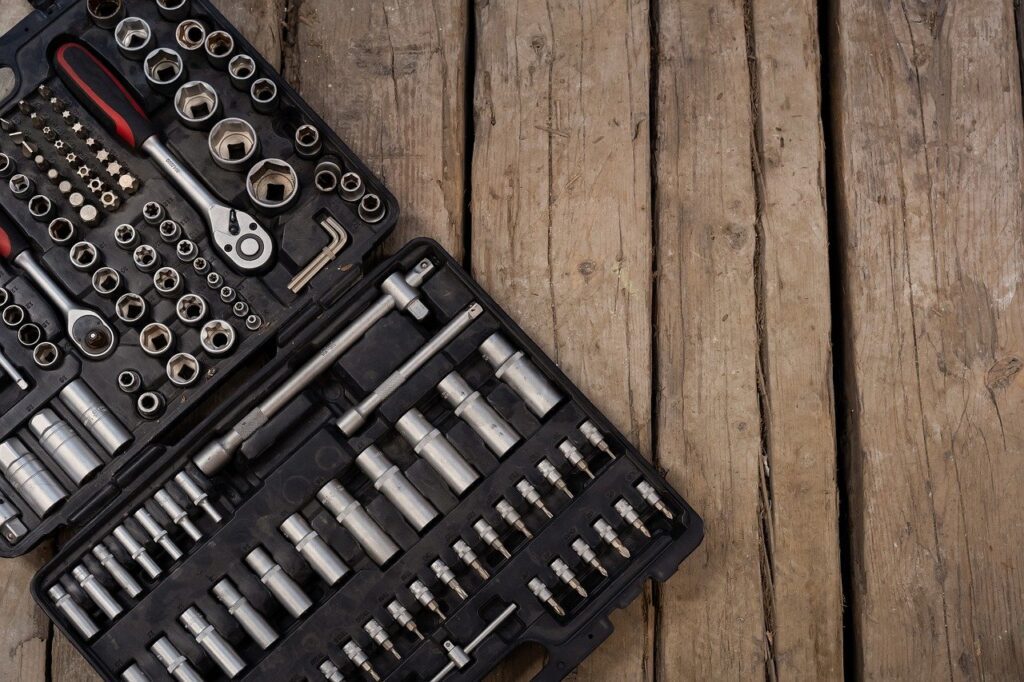Replacing a sink drain trap is a common DIY plumbing task that can resolve issues like leaks and unpleasant odors. The drain trap, also known as a P-trap, is a curved pipe located under sinks that prevents sewer gases from entering the home while allowing wastewater to flow out freely. This guide provides a detailed step-by-step approach to replacing a sink drain trap, covering necessary tools, preparation, dismantling the old trap, installing the new one, and ensuring a leak-free connection for optimal functionality.
Introduction
The sink drain trap, or P-trap, plays a crucial role in plumbing by preventing sewer gases from entering the home and trapping debris that could potentially cause clogs. Over time, traps may degrade due to wear or develop leaks that require replacement. This step-by-step guide offers homeowners a comprehensive approach to replacing a sink drain trap, ensuring efficient drainage and maintaining a hygienic environment.
1. Tools and Materials Needed
Before starting, gather the following tools and materials:
- Adjustable wrench or pipe wrench
- Slip-joint pliers
- Bucket or basin to catch water and debris
- Towels or rags for cleanup
- Replacement P-trap kit (ensure it matches the size and configuration of your current trap)
- Pipe joint compound or plumber’s tape (if necessary)
2. Preparation
Step 1: Turn Off Water Supply
- Locate the shut-off valves beneath the sink and turn them clockwise to shut off the water supply.
Step 2: Clear Under-Sink Area
- Remove any items stored under the sink to create space for easy access to the drain trap.
3. Removing the Old Sink Drain Trap
Step 3: Place Bucket
- Position a bucket or basin under the P-trap to catch any remaining water or debris when you remove it.
Step 4: Loosen Slip Nuts
- Use slip-joint pliers or an adjustable wrench to loosen the slip nuts on both ends of the P-trap. Turn the nuts counterclockwise to loosen them.
Step 5: Remove P-Trap
- Once the slip nuts are loosened, carefully detach the P-trap from the drain tailpiece (vertical pipe from the sink) and the waste arm (horizontal pipe leading into the wall or floor).
Step 6: Clean and Inspect
- Clean any debris or buildup from the removed P-trap components. Inspect the pipes and connections for signs of damage or corrosion that may require further attention.
4. Installing the New Sink Drain Trap
Step 7: Fit New Washers and Nuts
- Place new washers and slip nuts onto the ends of the new P-trap assembly. Ensure the washers are positioned correctly to create a tight seal.
Step 8: Attach P-Trap
- Position the new P-trap under the sink. Attach one end to the drain tailpiece and the other end to the waste arm, aligning the slip nuts with the corresponding threads.
Step 9: Tighten Slip Nuts
- Use slip-joint pliers or an adjustable wrench to tighten the slip nuts securely. Avoid over-tightening, as this could damage the washers or threads.
Step 10: Check for Leaks
- Once the new P-trap is securely in place, slowly turn on the water supply and check for leaks around the connections. Tighten slip nuts slightly if necessary to stop any leaks.
5. Test and Clean Up
Step 11: Test Drainage
- Turn on the faucet and allow water to run through the sink to ensure proper drainage. Check under the sink for any signs of leaks during this test.
Step 12: Clean Up
- Dispose of any old parts and debris properly. Wipe down the area under the sink with towels or rags to ensure it is clean and dry.
6. Final Checks and Maintenance Tips
Step 13: Regular Maintenance
- Periodically inspect the sink drain trap for leaks or signs of wear. Clean the trap and pipes as needed to maintain optimal drainage and prevent clogs.
Conclusion
Replacing a sink drain trap is a straightforward task that can resolve common plumbing issues and ensure efficient water drainage from your sink. By following this step-by-step guide and using the right tools, homeowners can successfully replace a worn or leaking P-trap, restoring proper functionality to their sink while maintaining a clean and hygienic environment in the kitchen or bathroom. If uncertain or uncomfortable with DIY plumbing tasks, consider consulting a professional plumber for assistance to ensure correct installation and long-term performance of your sink drain trap.










